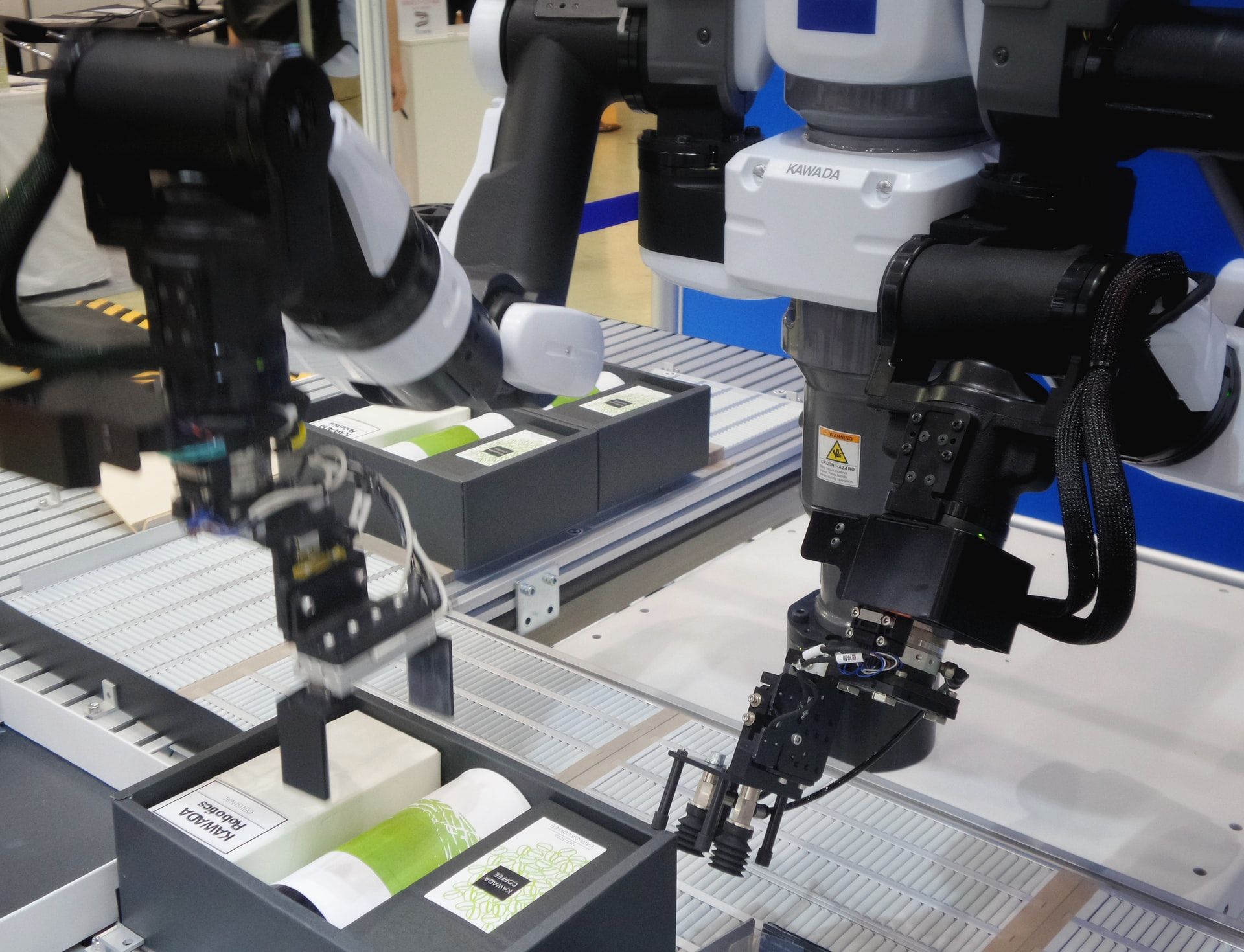Automation Advantages: 5 Benefits of Automation
Mar 26, 2021 By Natalia Galvis
By Pat Cameron
 Image by Gerd Altmann from Pixabay
Image by Gerd Altmann from Pixabay
Given the right tools, automating computer operations can be surprisingly easy and can reap major benefits. Understanding these benefits—and some obstacles—will help you develop support for an operations automation project. A recent study by a leading trade journal asked the question, “What do you see as the most important benefits of an automated or unattended computer center?” The primary benefits of operations automation cited most often were cost reduction, productivity, availability, reliability, and performance.
1. Reducing Operational Costs
Every business faces global pressure to increase their profitability. One approach is to reduce costs. But, reducing the capabilities of the computer center negatively impacts the entire company.
Automation software is a better and more intelligent approach to cost containment and reduction. The greatest opportunity is to increase service to the customer (end user) while systematically reducing costs. Management often overlooks this potential for savings. Most modern servers have a low operating cost and the total cost of ownership has been declining. Even so, the cost of the operations staff can be as high as 71% of the total cost.
2. Increasing Productivity
As an organization’s technology demands grow, productivity becomes a bigger concern. Typically, as other business areas were given tools to increase their productivity and effectiveness, IT operations took a back seat. The proliferation of desktop productivity software has created substantial gains in the office and HR environments. But, instead of alleviating workload for the IT professionals in the back room, the spread of PCs has meant more tasks to be accomplished.
As people use computers more, they place greater demands on the system. More users are generating more jobs, and printed output has increased despite efforts to reduce printed reports. In spite of the trend to online transaction-oriented and client/server systems, batch workloads continue to grow. Production batch jobs still consume the majority of CPU time, and in large shops, jobs are constantly being added.
Automated operations can resolve these issues in several ways.
Job scheduling software increases batch throughput by automating the production batch schedule. In the early days, computer throughput was limited by how fast operators could reset switches on the console. The solution for today is not to allow the computer to remain idle while waiting for the operator to release the next job. You save time and money by eliminating the lag time between jobs and minimizing operator intervention. In some instances, you can trim hours off your process, which lets you process more work and significantly improve system use.
Once the job schedule is established, the automation software executes the commands precisely and in the correct sequence, eliminating operator errors. Forecasting job completion and being able to perform “what if” analyses of schedule changes benefits operations by removing much of the guesswork from daily tasks.
3. Ensuring High Availability
Companies are continually more reliant on their computers. Day-to-day business is routinely conducted with online systems: order entry, reservations, assembly instructions, shipping orders—the list goes on. If the computer is not available, the business suffers.
Years ago, it was considered acceptable to have the computer unavailable for a few hours. Today, with the high volume of cloud computing, the outage of key systems can cost millions of dollars in lost revenue and tarnish a company’s reputation.
High availability is clearly one of IT management’s primary goals. Here too, automated operations can help. A disk drive may crash, but the situation becomes serious when there is not an adequate backup— or worse, the tape cannot be found. A key advantage to automation is the ability to automate your save and recovery systems to ensure protection from the potential disaster of disk loss, or inadvertent damage to system objects from human error.
In a networked environment, centralized management also makes sense. Remote resources can solve business issues while a single operator at a central console observes critical functions throughout the network. Continuous monitoring with a low CPU and communications overhead makes it easier to spot vital network performance trends.
4. Increasing Reliability
Productivity is an obvious benefit of automation. However, reliability is the real gem that sparkles with automation. It is the cornerstone of any good IT operations department and without it you have confusion, chaos, and unhappy users. IT operations requires two opposed skill sets: On one hand, an operations person needs highly technical skills, such as the ability to understand the complexities of an operating system and to analyze and solve problems as they arise. On the other hand, this same person has to be content pushing buttons and loading paper.
Let’s face it, off-shift operations include some of the most boring, repetitive, and error-prone tasks of an IT organization. But, when you remove the human factor, you eliminate most batch processing errors.
Automated operations ensure that jobs are not forgotten or run out of sequence, that prerequisite jobs are completed successfully, that the input data is correct, and that any special processing is performed.
All these types of errors occur in single-location organizations. Now, imagine a network of multiple systems, geographically dispersed that include multiple operating systems, communications issues, integrated local area network processing, and attached PCs. The chance for errors rises exponentially. The only way to make this type of environment work is automated operations.
Software can handle complex tasks dynamically and intelligently, based on predefined parameters. Yet, critical company functions such as releasing jobs, performing backups, and ensuring communications, are normally performed by entry-level individuals within the IT organization. The benefit of an automated system is that these functions are reliably executed by the automation software, relieving operations personnel from hours of tedious, boring and manual tasks.
5. Optimizing Performance
Every company would like to have their enterprise perform like a thoroughbred. In reality, it is more likely to be overburdened with work. Even though advancements in computers make them faster and less expensive every year, the demands on them always catch up and eventually exceed the level of capability that a company’s computer infrastructure possesses. That leaves a lot of companies wanting to improve their system performance.
Two options to improve performance are to upgrade hardware or purchase a newer system—both expensive choices. It’s also possible to tune a system for better performance, but this takes a highly skilled person who is not normally available 24 hours a day. And, once a system is tuned for a specific workload, if the workload changes, the settings are no longer optimum.
Discover more about Business and Robots with RobotLAB!
















.webp?width=124&height=124&name=image%20(1).webp)
.webp?width=169&height=87&name=image%20(2).webp)



































